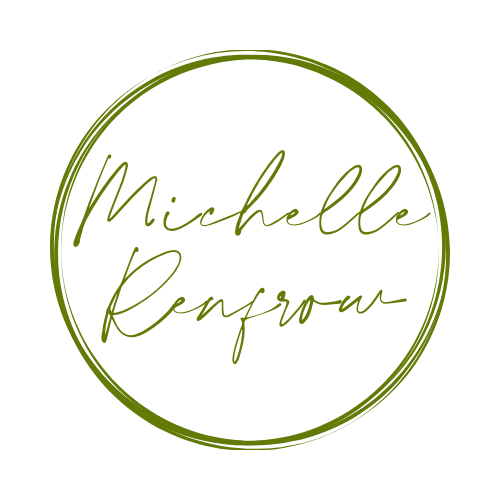
What even is art therapy? How in the world does it fit with straight up couch therapy? Therapy in the old days typically was portrayed as a dark mahogany walled-in office with a therapist sitting in some kind of a fancy leather chair and a patient lying on the couch talking about their issues. The therapist is typically portrayed as an older male (think Freud) who is taking notes and asking questions. This is obviously an antiquated version of what therapy looks like. So let’s bust all the old myths about therapy and specifically art therapies.
Art Therapy – This isn’t your fathers oldsmobile!
Therapy techniques have changed over the last century and I’m definitely a proponent of using alternative therapy activities to help somebody through a crisis or a struggle.
Many of my colleagues use art therapy, music therapy, dance therapy and many other types in order to help their clients grow. In this article we’re going to focus on my favorite therapeutic technique, art therapy!
In an article on the Psychology Today website it talks about therapeutic interventions and how they vacillate between being useful and being a little catchy.
“Techniques are hailed as vehicles of epiphany by believers and panned as corny gimmicks by cynics. They add dimension and texture to the work, stretching therapy beyond a friendly ear toward a dynamic, transformative process. They’re the practical application of psychological theory that creates a turning point for many seeking answers.
For some, techniques are what make therapy meaningful. Others just want to talk and be heard so techniques/interventions get in the way. Which brings me to an important point: this is all incredibly subjective.
Some clients work best in a technique-free environment, others thrive in therapy heavy on gizmos. And some gizmos work better for some people than others. Like many elements of therapy, it’s a matter of a good fit rather than the One True Best Way to do things.”
When I begin the therapeutic relationship with my clients I always ask them what things they like to do. We talk about music, we talk about books and movies, and we talk about art. I asked them if they like the color, or draw, whether they like to use color pencils or markers.
I always have a box of our supplies sitting out for my clients to doodle or draw with. I also keep adult coloring books and other manipulatives on hand for clients who are looking for something to do that isn’t just straight up talking.
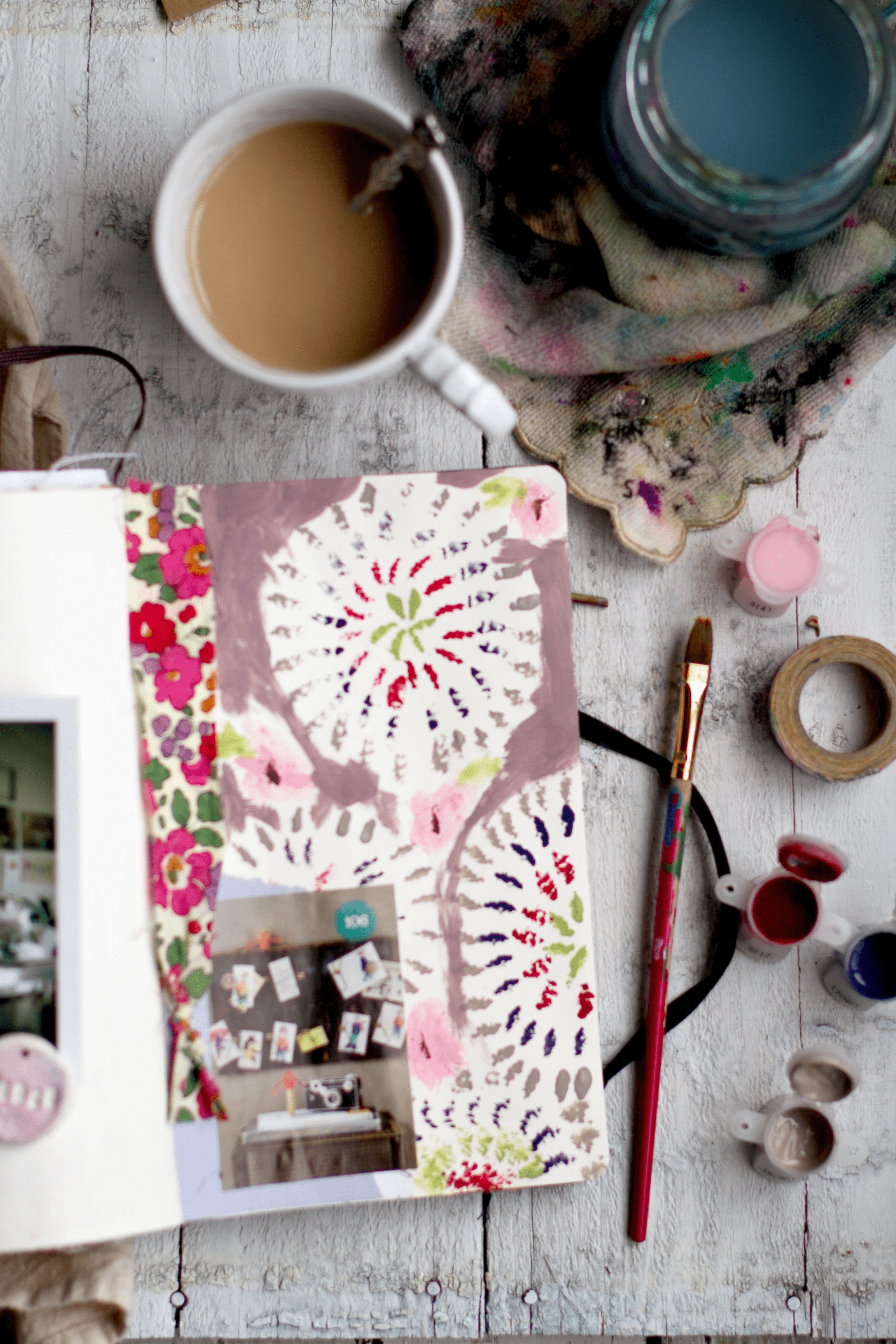
Let’s explore a couple of really great art therapies!
The Art Therapist, Cathy Malchiodi PhD, LPCC, LPAT, ATR-BC, REAT says, “All helping professionals know that no one intervention can be applied to all clients; they know that the best interventions are those that are tailored to clients’ needs and their presenting situations.
As an art therapist, I can say from experience that this challenge is the “coolest” part of my work with clients—to invent a creative strategy to promote change, insight, and well-being. A good art therapist, like a good psychologist, counselor, or family therapist, is adept at innovation and creative adaptation. A good art therapist also knows that for many clients, no technique is needed if the client is capable of creative expression without a directive or gimmick.”
My criteria for determining the “coolest” art therapies or interventions include:
Historical Tradition: Interventions commonly taught to therapists-in-training in the field of art therapy and related mental health professions;
Innovation: Use of a specific art material or visual media to address clients’ presenting problems or for the health and well-being of clients;
Adaptation: Development of a specific intervention based on a psychotherapeutic approach such as psychoanalysis, CBT, or other model;
Popularity: Consistent appearance in literature, conferences, or workshops, whether it’s the actual intervention or a variation of the intervention.
For the most part, I’ll be focusing on interventions used with adults, but some will also apply to work with children, groups, couples, or families. I’ll try to give you a brief history of each intervention through the lens of art therapy and the influences of psychology, counseling, marriage and family therapy, art, and culture on that intervention. I’ll also be explaining a little bit of how an intervention might be adapted to suit individual needs and situations in the spirit of “one size does not fit all.”
** Disclaimer** Reading my description of these techniques is not by any means all the training you will need in order to effectively and ethically apply them to your practice. Any good therapist always engages in a good deal of training before applying any new interventions. And of course, there is the, “Don’t try this at home kids” disclaimer to you, the user, regarding using art therapy techniques outside of the therapeutic setting.
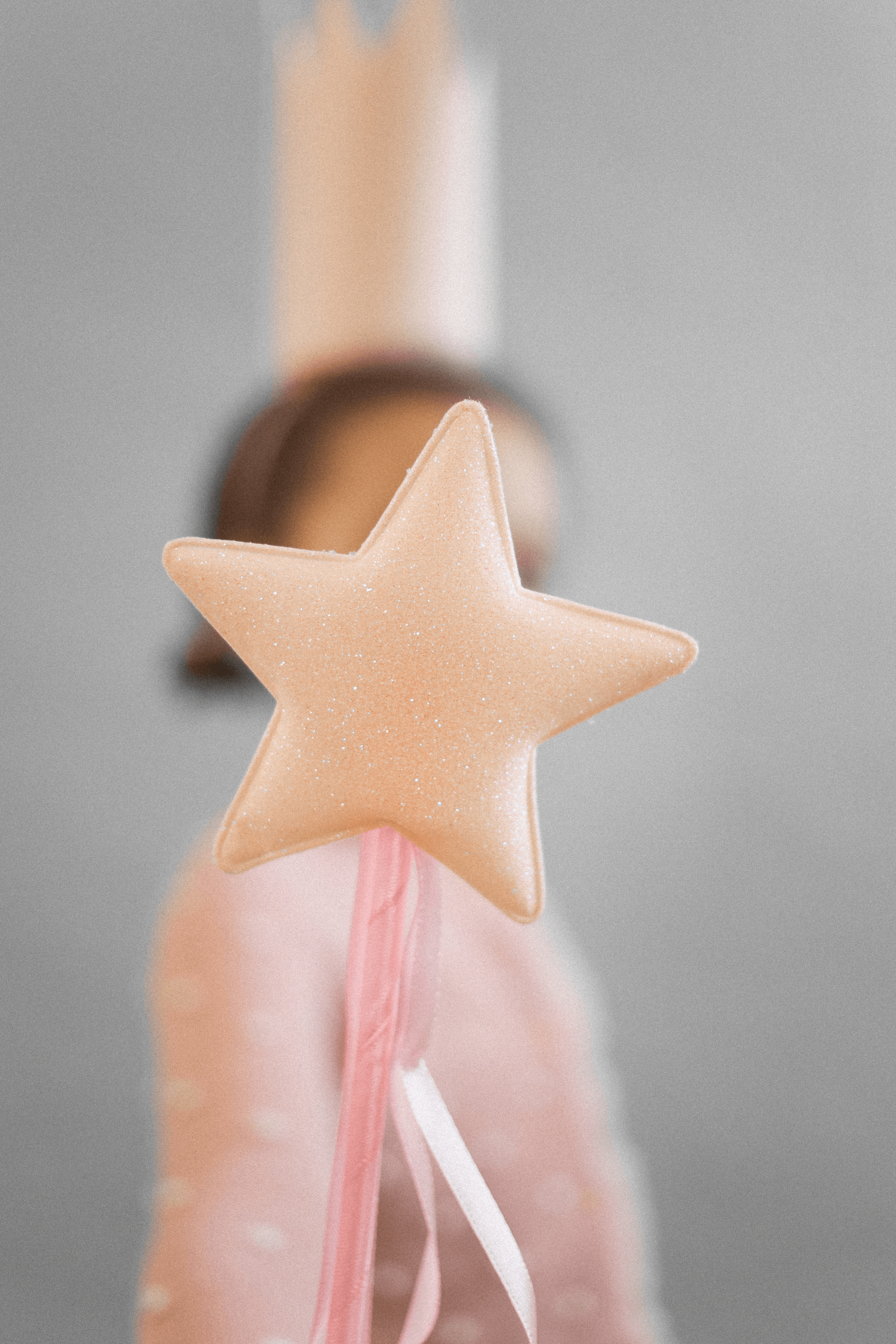
If I Had a Genie in a Lamp – The Miracle Making Question
The Miracle Question – “Suppose tonight, while you slept, a miracle occurred. When you awake tomorrow, what would be some of the things you would notice that would tell you life had suddenly gotten better?”
This is a fun question for people who don’t have a clear picture of what our future might look like. It’s good for goal setting as well as future planning.
It helps your client think about what their life will look like when they no longer need therapy. Or, and hopefully this is an and/or, they are happy with themselves and their lives.
This is a very solution-focused activity that allows the client a visual with her future that might look like that might include the freedom from the issues that brought them into therapy to begin with.
I have a very cool copper welded bubble wand that I got at the Renaissance Festival in Texas 10 or 15 years ago. I use it as my magic wand as well as the Talking Stick and my group therapy activities. It’s a beautiful wand and very magical looking and the young kids really enjoy using it.
Of All Art Therapies, Collage is One of the Most Powerful
From another blog I wrote last month, I talk about collage art therapy. Cut out the bad and paste in the Good!
“I’m a huge proponent of collage work as a form of art therapy. Some people use it to make vision boards, some people use it to make mood boards. I like to use it to identify all the positive values that the teen girls that I work with have about themselves.
It’s a visual recognition of who they are and where they come from as well as a daily reminder (hoping that they hang it somewhere they can see it everyday) of how spectacular they are.
Collage work is great because there’s a physical sensation of tearing and cutting and manipulating the materials you’re working with. Sometimes the mixed media materials that I provide are soft or sharp or rough or scratchy.
And this can be a very tactile experience for my clients that for some reason is soothing. As I can benefit from doing collage work, the creative process itself of putting things together and organizing them in different ways is a very comforting thing for your brain.
This image is an example of a word collage I did with a middle school group of girls who are working on their self-esteem and self-worth.
We went around the room making a list of values that we saw and other people in our life or famous people.
Once we made a really good list I challenged them to paint all of those words on a canvas and hang the canvas somewhere where they can see it everyday to remind them that they are just as amazing as all the people they were thinking about when they made their list to begin with.”

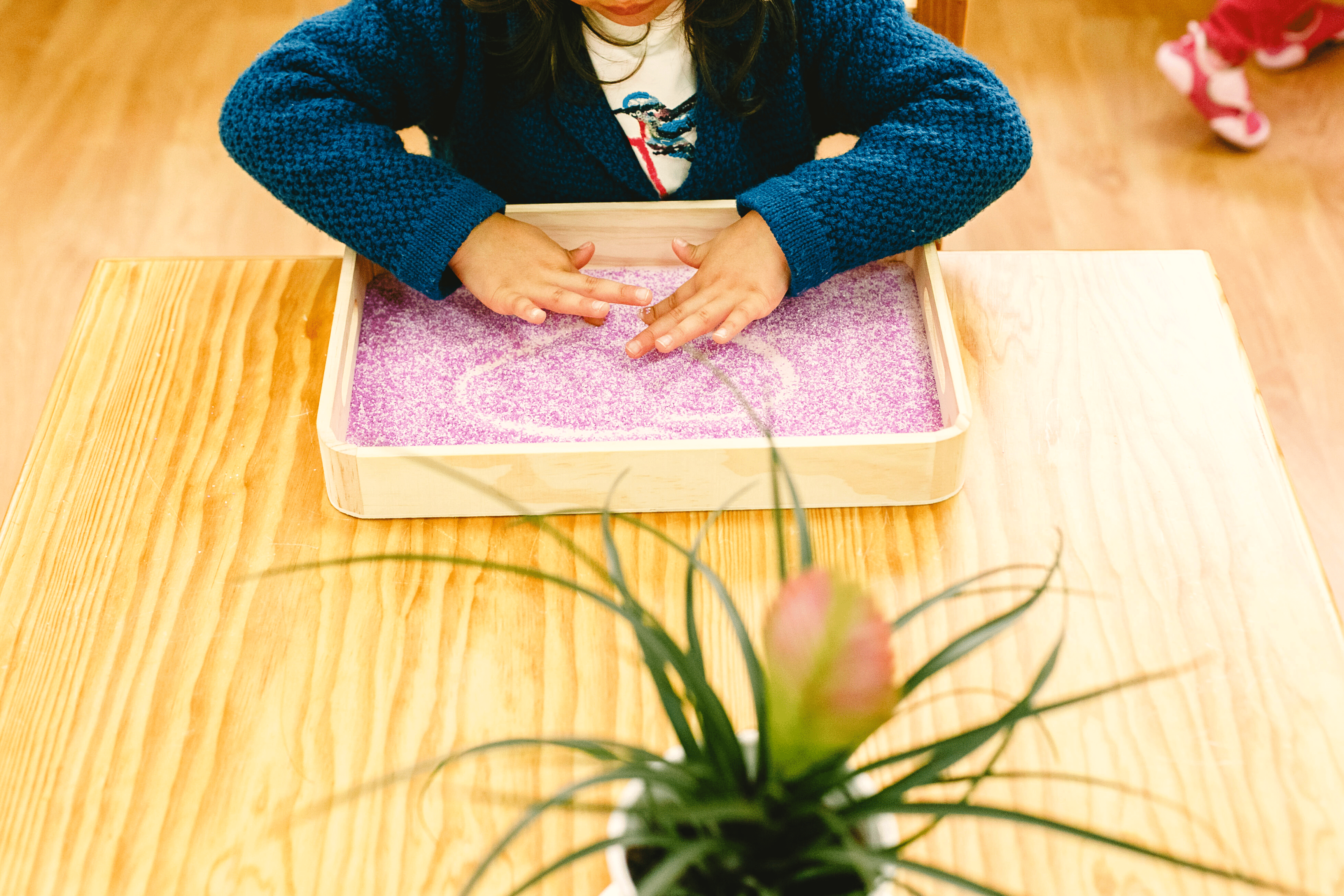
Roaming through the Desert can be Therapeutic
Ok, maybe not, at least in most movies I have seen, roaming through the desert has never seemed therapeutic. But then again, who am I to judge someone else’s path? Anyways, sand play is a HUGE part of the healing process, especially for younger, less verbal children, WIkepeida says it’s a,
“Jungian analytical method of psychotherapy using a tray of sand and miniature, symbolic figures is attributed to Dr. Margaret Lowenfeld, a pediatrician interested in child psychology who pioneered her “World Technique” in 1929, drawn from the writer H. G. Wells and his Floor Games published in 1911.[39]
Dora Kalff, who studied with her, combined Lowenfeld’s World Technique with Carl Jung‘s idea of the collective unconscious and received Lowenfeld’s permission to name her version of the work “sandplay”.[40]
As in traditional non-directive play therapy, research has shown that allowing an individual to freely play with the sand and accompanying objects in the contained space of the sandtray (22.5″ x 28.5″) can facilitate a healing process as the unconscious expresses itself in the sand and influences the sand player. When a client creates “scenes” in the sandtray, little instruction is provided and the therapist offers little or no talk during the process. This protocol emphasizes the importance of holding what Kalff referred to as the “free and protected space” to allow the unconscious to express itself in symbolic, non-verbal play.
Upon completion of a tray, the client may or may not choose to talk about his or her creation, and the therapist, without the use of directives and without touching the sandtray, may offer supportive responses that do not include interpretation. The rationale is that the therapist trusts and respects the process by allowing the images in the tray to exert their influence without interference.”
Sandplay Therapy can be used during individual sessions. The limitations presented by the boundaries of the sandtray can serve as physical and symbolic limitations to unconscious, symbolic material that can be further reflected in analytical dialogue. The ISST, International Society for Sandplay Therapy, defines guidelines for training in Sandplay Therapy as well as guidelines for becoming a teaching therapist.
The technique is very client-centered which means you basically play all of the different materials out around the tray and tell them to create whatever they like. Stay quiet and observe and typically you will see or hear narratives, themes and or/a child working through an earlier trauma but does something that changes the outcome and allows them to deal with their experiences in their own way.
Sandtray has its own litany of training you can take in order to become a professional and use it with your clients. However if you’re anything like me just running my hands through a small bowl of sand is very meditative and therapeutic for me.
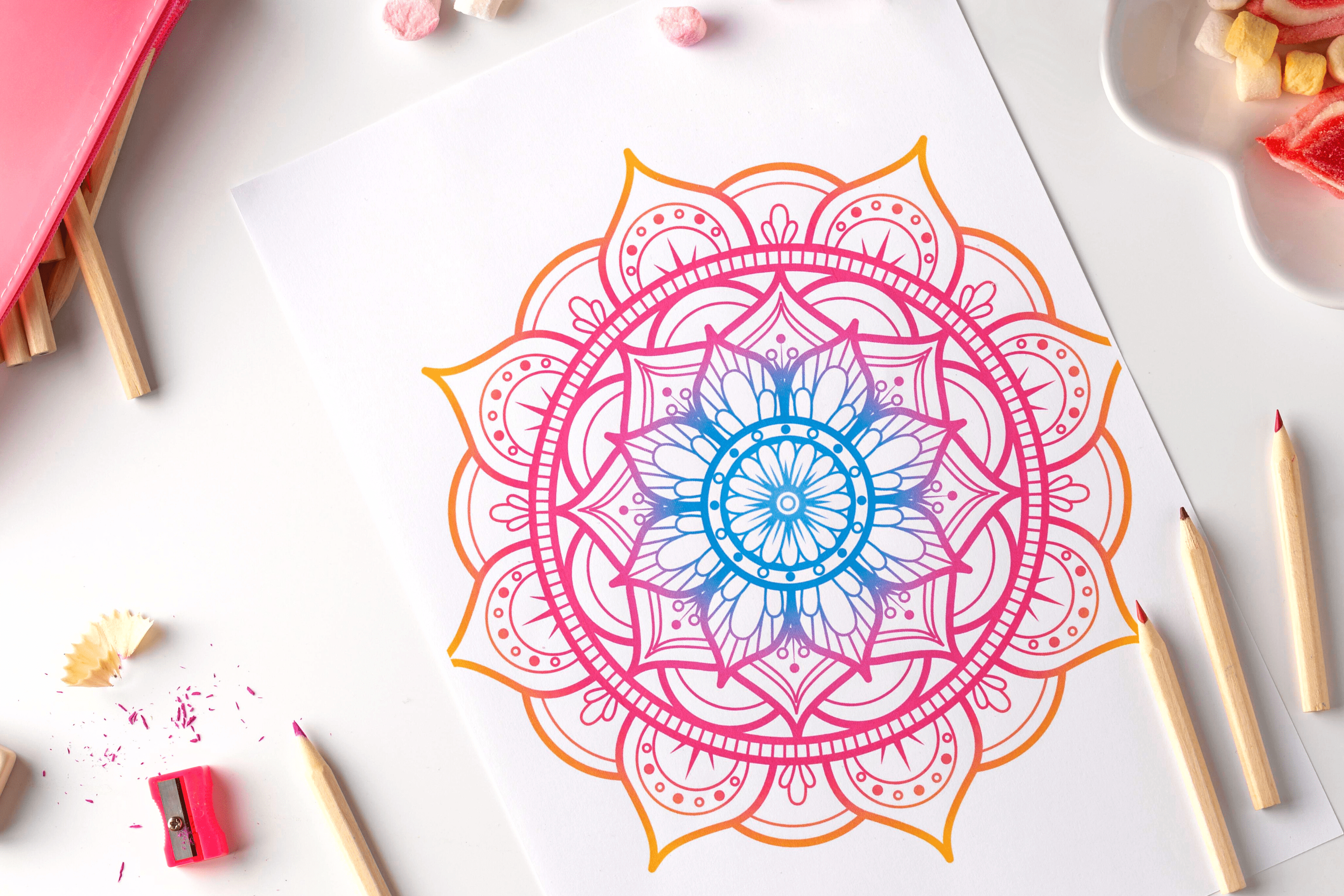

Masks and Mandalas as Art Therapy
I love making masks with my art students and my clients. So many times when we are just making masks in art class it becomes therapeutic in nature. Check out my blog HERE for all the ways this technique is powerful.
We Go Round and Round and Round in a Circle Game. Mandala drawing or coloring as a form of art therapy is a very popular thing right now. There are hundreds, probably thousands of adult coloring books out there that are mandala designs.
The art of drawing them as well as just coloring them has so much therapeutic power. Circles are all around us. We find them in nature and in science. Check out my blog on making and coloring mandalas here.
Let’s get into Visual Journaling! A visual journal is just like a regular journal but the upgraded 2.0 version of it. Visual journals use a mixture of words and art; like drawings, magazine cut outs, or paintings even.
They are like a diary with artistic flair. Typically a visual journal still outlines the day ro day musings of the author but might add drawings of ideas or sketches for an upcoming piece of art. Many famous artists had visual journals and used them to do initial sketches of ideas or drafts of an image they were looking at at the moment.
Even More Information About Frida Kahlo’s Visual Journal
For example, Frida Khalo kept a visual journal. This website describes her journals as, “No artist diary is as passionate, emotional and vivid as Frida Kahlo’s diary. From 1944 -1954, the Mexican artist kept a colourfully illustrated diary overflowing with artworks, sketches, personal musings, dreams, poems and emotional references to her stormy relationship with her husband Diego Rivera.
The diary also reveals Kahlo’s courage and suffering in the face of her physical injuries due to an accident which led to over 35 operations in her lifetime. She illustrates her physical disabilities and the constant pain she lives with brilliantly in bold self-portraits throughout the diary, in which she shows her legs as cast in metal, or depicts the supportive corset she had to wear.
Carlos Fuentes published a full-colour recreation of Kahlo’s diary in 2005, containing over 70 watercolours that illuminate Kahlo’s deepest inner worlds. Unexpected, completely non-linear, and a colourful ode to a life lived fully in and through art, Frida Kahlo’s diary also offers a kind of solace by showing how even adversity and suffering can be processed through creativity, resulting in radiance and life.”
A lot of therapists recommended using visual journaling as a way for their clients to explore their feelings and disassemble certain experiences. Just the ability to go back and notate how their artistic expression changes from day to day or week to week is a big part of art therapy.
I know that when I was in art therapy training I was told that a drawing that’s only done once is not necessarily an indicator of a certain trauma or other concerned. But looking at a theme that goes on for longer periods of time that is expressed through ART is a way of identifying any particular issues that may be lurking.
For more on visual journaling check out one of my upcoming blogs that gives you all the details for starting and sticking with your own creative Journal.
As you can see there are some pretty cool art therapy activities out there for you to explore. The most important thing is to not judge yourself to take your time to be okay with mistakes and to just go with the process. Happy Arting!


